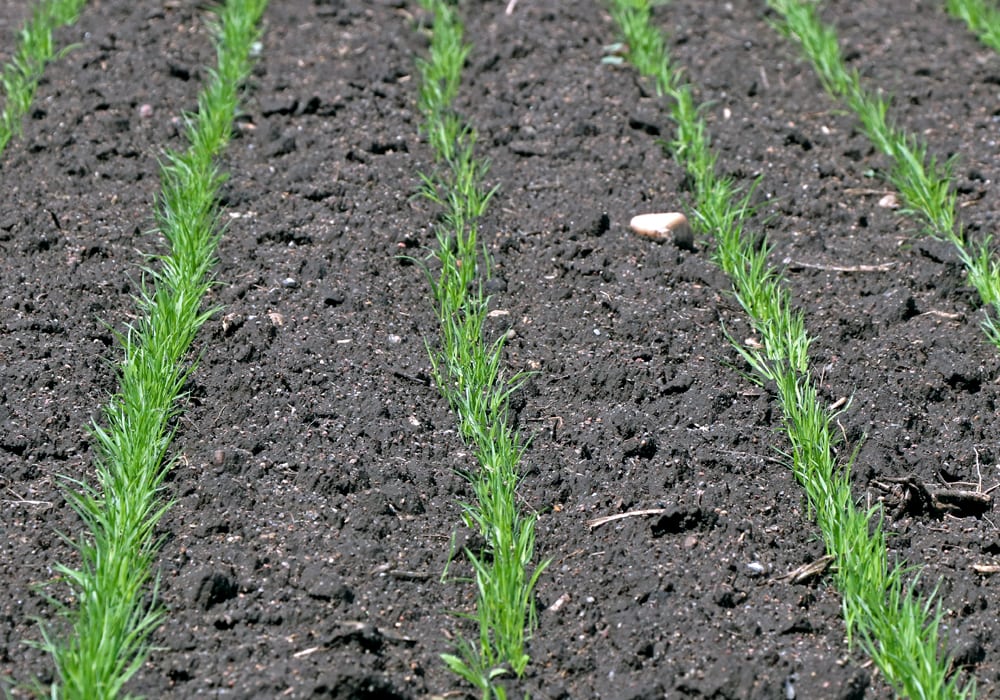Satellite maps of vegetative growth on the Prairies indicate the crop is off to a poor start, but analysts say it has come roaring back in many areas.
The latest map produced by Statistics Canada’s Crop Condition Assessment Program for the June 10-16 period contains a lot of brown, meaning crops are behind normal development.
The good news is there is more yellow and green showing up than there was in the previous week’s map, such as large areas south of Winnipeg and Regina where vegetative growth is similar to or higher than normal.
Read Also

Farming Smarter receives financial boost from Alberta government for potato research
Farming Smarter near Lethbridge got a boost to its research equipment, thanks to the Alberta government’s increase in funding for research associations.
The map shows the western half of Manitoba is behind normal development while much of the east is ahead.
Neil Townsend, senior market analyst with FarmLink Marketing Solutions, is hearing a better story than that from FarmLink customers.
“Manitoba-wide, what we’re hearing is lots of potential,” he said.
“Right now people are talking trend-or-above yield potential out there.”
The province has received timely rains, even in the southwest where it was really dry.
“The rain has really come at a critical time and given (crops) a nice drink of water,” said Townsend.
There has been plenty of hot weather to accompany the rain, which has been ideal for canopy crops like corn and soybeans.
“The wheat is growing like crazy,” he said.
Frequent rainfall is still required, but for now the crops have got “maximum potential.”
Daphne Cruise, crops extension specialist with Saskatchewan Agriculture, estimates one-third of the crop is behind normal development in the southern portion of the province.
There was poor germination in that region because of the dry conditions, but after a couple of weeks of decent rainfall things are improving.
“The moisture that we’ve received has definitely helped in playing catch-up here in the next couple of weeks,” she said.
Germination wasn’t a problem in the central and northern parts of the province, but seeding was delayed in those areas due to lingering winter conditions.
Cruise estimates that one-quarter of Saskatchewan’s crops are behind normal development due to the combination of poor germination and late seeding.
The oilseeds are further behind than the cereals and pulses.
“There’s still time at this point. I’m not worried about it,” said Cruise.
The map shows that most of Alberta is behind normal development.
Neil Clark, an agri-coach with Agri-Trend, said it is a real mixed bag this year.
He recently drove near Enchant, Alta., and noticed the wheat crop on one side of the road was in the five-leaf stage of development and on the other side it was in the three-leaf stage.
Growers in many parts of Alberta were late getting into their fields because they were contending with excessive moisture caused by heavy snowfall.
But once seeding started it went quickly and the crop is developing at a rapid pace.
“What’s coming up is coming fast. They are gaining a leaf a week or more,” said Clark.
“The potential is good. We just had some more rain. It looks (like a) so-far-so-good type of deal.”



















